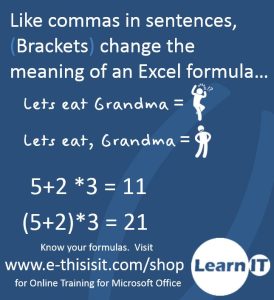
Touch screens are now becoming more common on laptops and tablets, and in this article we look at potential advantages touch screens could bring for some users.
A regular screen is purely visual, and you use your mouse to select things on your computer. A touch screen allows you to touch and tap the actual screen to select items instead of using a mouse. It is reported that some users find it easier to use a touch screen. Here is a look at some pros and cons for touch screens.

Touch screens are more intuitive and possibly faster to use. You can simply point and tap with you finger, meaning you don’t need the coordination required to relate the movement of the mouse with the pointer on the screen. Young children find them easier to use as their natural instinct is to touch things.

Some touch screens, especially tablets, come with a pen to use instead of your finger, giving greater precision. Some allow you to use the pen to record handwriting on your computer and some programs can even convert handwriting to text, which may be faster and more comfortable than using the keyboard.

Some people complain that using a touch screen is uncomfortable, especially if the screen is vertical, as a laptop screen would be. Holding an arm up to use the touch screen may tire some people out. Others complain that the screen quickly becomes covered in smears and needs to be wiped clean now and then.

Selecting small icons or menu items can be tricky with a touch screen. Our fingers are generally larger than a mouse pointer so selecting the right menu item from a small drop down list can be difficult. Many companies, like Microsoft, are introducing larger buttons with more space between them in their programs to make it easier for touch screen users.






